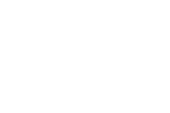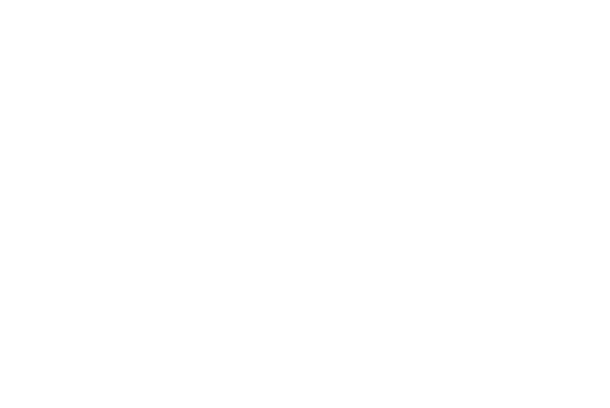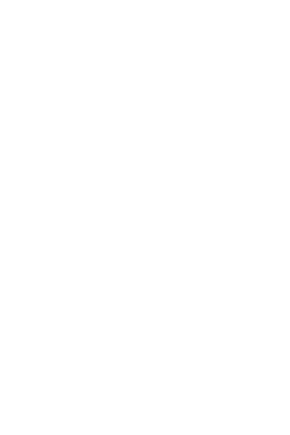 |
 |
 |

|
Babel, 2001
Installation view at Fondazione HangarBicocca, 2014
Foto/Photo Agostino Osio
Courtesy Fondazione HangarBicocca, Milan; Cildo
Meireles; The Museum of Contemporary Art Kiasma,
Helsinki, Finlandia
|
|
 |
FONDAZIONE HANGARBICOCCA
Cildo Meireles, Installations
an exhibition curated by Vicente Todolí
27/3/2014-13/7/2014
"Através (1983-1989), one of the most monumental and complex works, is a large installation in which visitors find themselves walking on a floor of broken glass, coming up against barriers, fences, bars and pylons. The sound of their steps and the clearly visible constraints point to the possibility of breaking down these and other barriers. As the artist explained in 2008 at a retrospective at Tate Modern in London: “You’re metaphorically breaking each piece of debris, each prohibition or obstacle. That was actually the idea behind the glass floor.”
Courtesy : Cildo Meireles, catalogue, Tate Modern, London, 2008
|

|
Posted 4 June 2014
|
Share this:
|
|
|
|
|
|
|
|
|
|
Twelve large installations to physically involve visitors in the vast Pirelli HangarBicocca spaces
From 27 March to 13 July 2014, Pirelli HangarBicocca presents Cildo Meireles, Installations, the first exhibition in Italy devoted to one of the most important artists on the international scene. Curated by Vicente Todolí, the retrospective includes large installations made from 1970 to the present day, in which the public will be involved both physically and emotionally.
“The exhibition at Pirelli HangarBicocca”, says Vicente Todolí, “will give an in-depth understanding of the physical, sensory and poetic aspects of Cildo Meireles’s work, which brings into question and often overturn our preconceived ideas and platitudes. His art creates perceptual and conceptual challenges through the mechanisms of juxtaposition, accumulation and metaphor, in order to attain complete poetic subversion. As though into a spider’s web, the artist uses seduction to entice the visitor into the installations. And with great ironic and critical dexterity, he gives us the chance to experience new thoughts and forms of behaviour.”
|
|
|
|

Cildo Meireles
Através
Photo: Pedro Motta
|
|
|
|
|
|
|
The visit to Pirelli HangarBicocca winds its way through twelve works, in the form of massive installations or sculptures on a microscopic scale, which involve every aspect of the visitor’s perceptions. Partly co-produced with the Museo Nacional Centro de Arte Reina Sofía (Madrid, Spain) and the Museu de Arte Contemporânea de Serralves (Porto, Portugal), the solo exhibition of works by Cildo Meireles is a unique opportunity to venture into the lyrical vision of this extraordinary connoisseur of artistic languages, giving us a view of a very diverse, always unpredictable world.
Somewhat provocatively, the exhibition opens with Cruzeiro do Sul (1969-1970), a tiny sculpture in stark contrast to the huge space but which interacts with other large installations. A cube measuring just 9 millimetres, it is made of pinewood and oak, trees sacred to Native Americans.
Através (1983-1989), one of the most monumental and complex works, is a large installation in which visitors find themselves walking on a floor of broken glass, coming up against barriers, fences, bars and pylons. The sound of their steps and the clearly visible constraints point to the possibility of breaking down these and other barriers. As the artist explained in 2008 at a retrospective at Tate Modern in London: “You’re metaphorically breaking each piece of debris, each prohibition or obstacle. That was actually the idea behind the glass floor.” (Cildo Meireles, catalogue, Tate Modern, London, 2008).
|
|
|
|
Also Entrevendo (1979-1994) is an attempt to explore human perception in its entirety. Visitors are invited to enter a funnel-shaped structure measuring more than eight metres in length, at the end of which is a hot air blower. At the entrance they are offered two cubes of ice – one salt, the other sweet – to put in their mouths. The ice melts as they approach the source of hot air, giving concrete form to the phenomenon of synaesthesia: the same sensory stimulus is thus perceived as a dual experience, creating a sense of alienation.
The subversive poetic vision of Cildo Meireles returns in Babel (2001), a towering radio mast set to different channels which forms a highly evocative visual and acoustic environment. The work involved eleven years of preparatory drawings before being made and exhibited in Helsinki in 2001.
Cinza (1984-1986) consists of a floor, in two separate rooms, covered with pieces of plaster and coal, which the public tend to mix together, while Eureka/Blindhotland (1970-1975) calls into question our normal visual perception by inviting us to experience the real weight of 201 apparently identical rubber balls.
Abajur (1997-2010), one of the artist’s most recent works, is made of a cylindrical light box with moving pictures of a colonial sailing ship in the middle of the sea, while the sound of flying seagulls wafts through the space. Only later does the viewer see how the work is activated by a mechanism consisting of people driving a dynamo, which in turn rotates the central shaft.
|
|
|
|
The iconic image of water as a boundless stretch of space also appears in Marlulho (1991-1997). This consists of the reproduction of a long wooden jetty above a carpet of 17,000 books with pictures of the sea. The viewer’s attention is attracted by a number of voices repeating the word “water” in different languages.
A sea of bones (three tons), of American banknotes (6000) and candles (7000) form Olvido (1987-1989), a work that was first shown in the project room at MoMA, New York, in 1990. A traditional Native North American tent, covered with money, rises up amid enormous piles of cattle bones that give off a pungent smell.
The exhibition space also contains another three important works by the artist. Para Pedro (1984-1993), dedicated to the artist’s son, is formed by two sloping walls that taper all the way to the tips, where six televisions show blurry grey images. Amerikka (1991-2013) plays on the contrast between a floor with 25,000 wooden eggs and a ceiling above with 55,000 bullets. Atlas (2007), which pays tribute to Base del Mondo, a work by Piero Manzoni, consists of a photograph inside a light box portraying Meireles during a performance in Denmark (2007).
|
|

|

|

|
The Artist
Known as one of the pioneers of the international movement of conceptual art, Cildo Meireles (Rio de Janeiro, 1948) has over time gone beyond any artistic current. Experimenting with different techniques and conceptual strategies, in his sculptures and installations he uses a whole range of objects and materials, which he chooses for their symbolic significance. He explores human perception in its entirety, addressing universal and sometimes dramatic themes such as dictatorship, colonialism, globalisation, and the repression of human rights. His artistic incursions in the 1970s, which at the time were seen as an authentic system of counter-information in Brazil, have become legendary: messages criticising the military dictatorship, for example, were printed in white on empty Coca-Cola bottles, which were then filled and offered for sale. Similar texts were also stamped onto circulating banknotes. Cildo Meireles was one of the first Brazilian artists to take part in an exhibition at MoMA in New York (1990) and the first ever to have a solo exhibition at Tate Modern in London (2008). He has taken part a number of times in major exhibitions such as Documenta in Kassel (2002) and the Venice Biennale (2009).
|
|

Cildo Meireles
Photo: Agostino Osio
|
|
|
|
|
|
|
The exhibition programme at Pirelli HangarBicocca
Cildo Meireles, Installations is part of the programme of exhibitions curated by Vicente Todolí together with Andrea Lissoni. The exhibition project is being shown in conjunction with the solo exhibition of works by Micol Assaël in the “Shed” area until 4 May 2014. The Pirelli HangarBicocca calendar of events will continue with exhibitions by Pedro Paiva and João Maria Gusmão (June 2014), Joan Jonas (September 2014), Céline Condorelli (October 2014), Juan Muñoz (February 2015), and Damián Ortega (March 2015).
Pirelli HangarBicocca
HangarBicocca, the Pirelli contemporary art space, is the natural continuation of the long tradition of attention to culture, research and innovation that has been an essential part of the company ever since it was founded over 140 years ago. Thanks to the commitment of Pirelli, HangarBicocca offers the public a top-level programme and a whole series of activities for children and families, making it a centre of attraction for Greater Milan and for an international public. Over the past year, HangarBicocca has welcomed more than 200,000 people, involving 2,000 students of all grades and more than 4,300 children and young people.
ITALY
MILAN
Fondazione HangarBicocca
Via Chiese 2
I-20126 Milano
(+39) 02-66 11 15 73?
info@hangarbicocca.org
http://www.hangarbicocca
|
|
|
|
|
|
|


